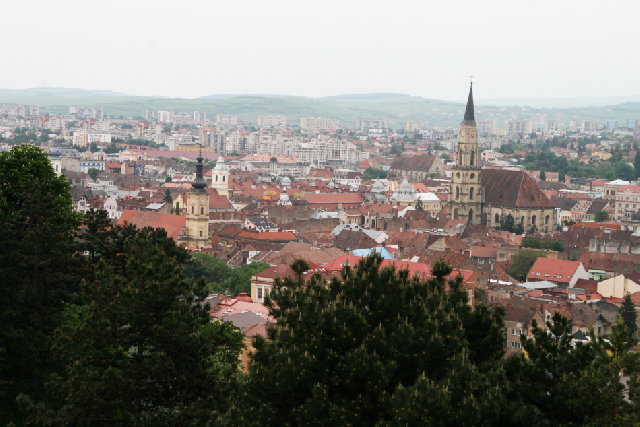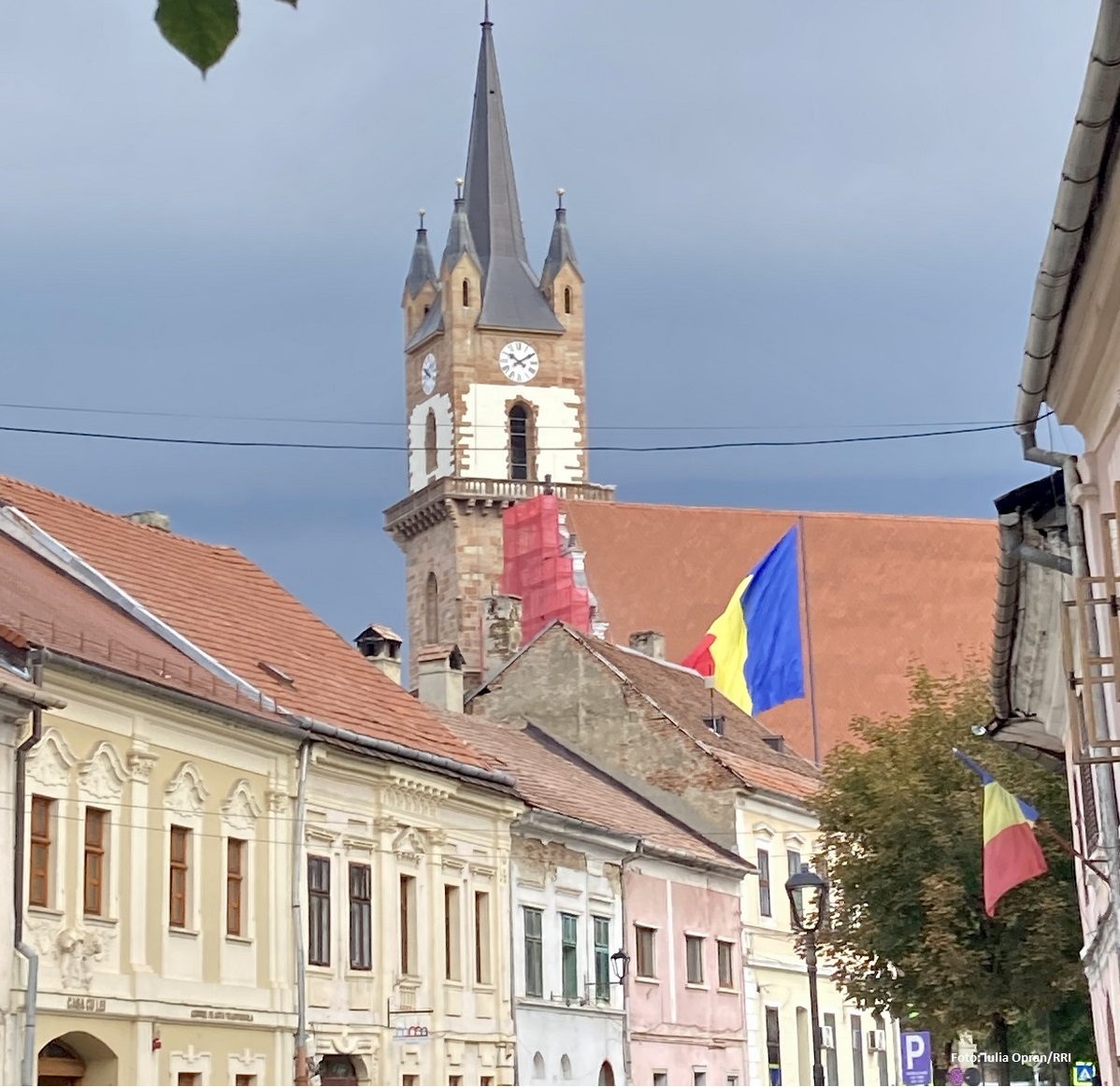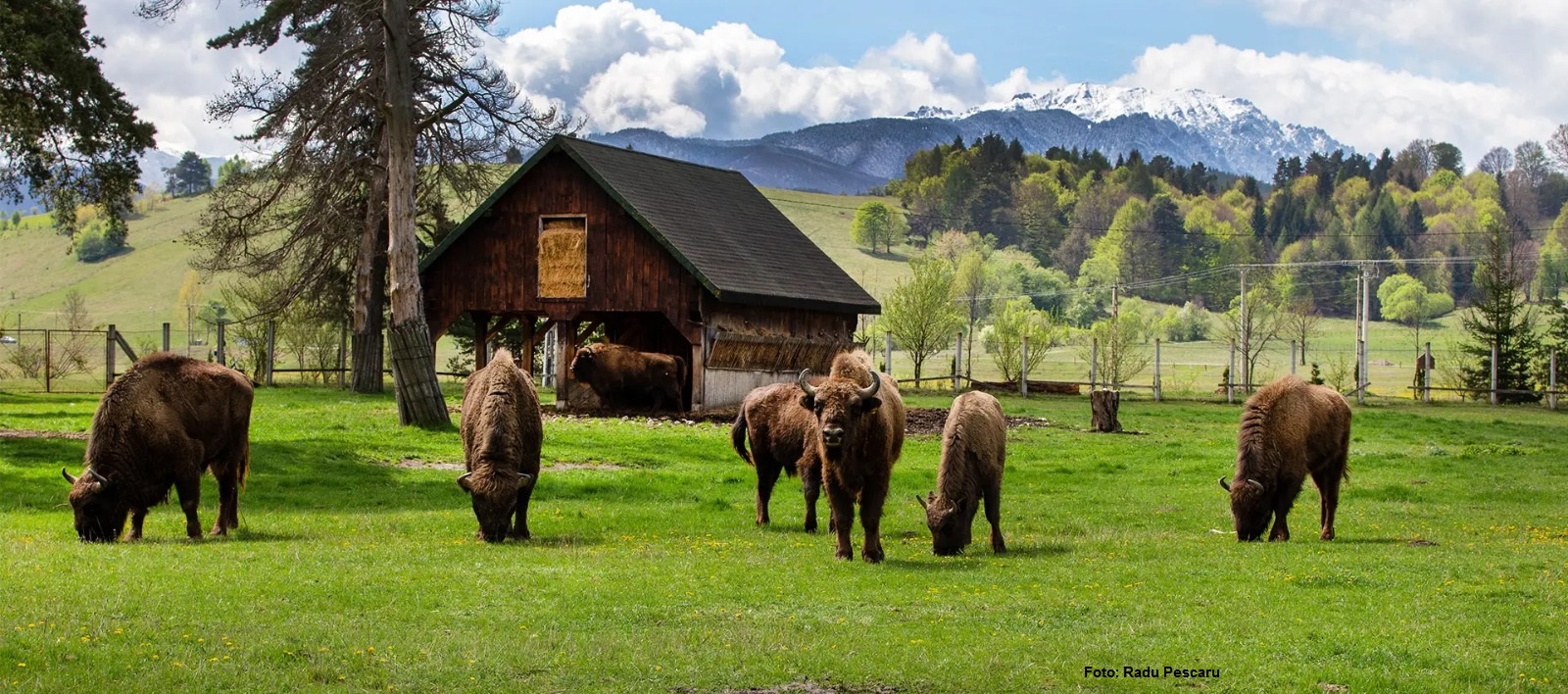Cluj Napoca
Today we travel to the central part of Romania, more specifically to the city of Cluj Napoca.

Ana-Maria Cononovici, 30.10.2014, 13:34
Today we travel to the central part of Romania, more specifically to the city of Cluj Napoca. Cluj has been famous for its religious tolerance ever since the 16th Century, when a new Christian denomination, Unitarianism, emerged here. The centre of the city therefore is dotted with a surprising number and diversity of churches, from Reformed to Roman Catholic ones, and from Unitarian to Greek Catholic. This area is also famous for its 18th Century buildings, typical of the Habsburg era. Our guide around Cluj is Bogdan Stanciu, editor of the cluj.travel website. He tells us why we should visit the city:
Bogdan Stanciu: “I believe anyone who travels to this part of the country must not miss the capital of Transylvania. The best things about Cluj have to do with its medieval architecture and its atmosphere, which has changed radically over the past 10 years, in the sense that a rather bland and grey city has turned into an extremely coloured and lively one.”
We asked Bogdan Stanciu what are the must-see spots in Cluj Napoca:
Bogdan Stanciu: “The old town, the medieval citadel, where a rather small area, of several hectares, boasts around 80% of the city’s major attractions. I’d include the St. Michael Catholic Church, the Matthias Corvinus statue group, the Heroes Boulevard, which connects Avram Iancu Square to Unirii Square. There is also the Tailors’ Bastion, which has been turned into an exhibition centre, then the actual wall of the medieval citadel, located in a pedestrian area, and the National Theatre building. These should make for a one or two-hours walk around Cluj.”
Other noteworthy sites in Cluj are the Botanical Gardens, the Ethnographic and History Museum of Transylvania and the Speleology Museum. The Cluj Botanical Garden is praised as one of the most beautiful and complex in southeast Europe. Established in 1920 by Professor Alexandru Borza, it lies on 14 hectares of land and includes a large variety of landscapes. Cluj is also a city known for its rich cultural life. Here is Bogdan Stanciu again at the microfone:
Bogdan Stanciu: “Visitors who spend one or several nights here will have plenty to choose from, because there is no weekend in Cluj without a festival, a concert, a recital and so on. In the industrial area of the city, an interesting cultural initiative has emerged, the Paintbrush Factory, an unconventional exhibition space where contemporary art works are on display, in an actual decommissioned paintbrush factory. There are also the student campuses, Hasdeu and Observator, which are well worth a tour, just to see the bustling atmosphere of the student district.”
And because in this part of the country the local cuisine combines Romanian with Hungarian and German influences, Cluj is also a city to be tasted. Bogdan Stanciu gives us a few examples of dishes specific to this place:
Bogdan Stanciu: “Of course the culinary symbol of the city is the Cluj-style cabbage. And there is a famous place on the Heroes Boulevard that makes the best cabbage a la Cluj. In Transylvania, we like our foods filling, even if not necessarily healthy, so together to the Cluj-style cabbage I would recommend smoked pork ham hock. For breakfast, tourists could try the vargabeles, which is a Hungarian noodle and cheese pudding, a very tasty dish. And the best starter would be a nice thick soup with sour cream.”
Cluj is a city for all tastes, where history and novelty blend and tourists are delighted at every step. We asked Bogdan Stanciu, a Cluj resident, about his favourite place in the city:
Bogdan Stanciu: “My favourite part of the city is around the museum square, the oldest square in Cluj, located near the Franciscan church, and dominated by an obelisk devoted to an Austrian emperor. It is an area that preserves very well the medieval air of the city, with narrow streets, closed for motor traffic and full of bars and restaurants of all types.”
Built in a hilly area, Cluj Napoca should also be seen from up high. Bogdan Stanciu tells us about two less known tourist spots here:
Bogdan Stanciu: “Any tourist coming to Cluj should go up the Cetatuia, a hill that overlooks the city and offers a great panoramic view of the region. To reach the top, tourists need to go up a stairway of around 200 steps, but it is a nice, relaxed climb, in a breathtaking scenery. A second interesting place that I would recommend is a newer, more recent part of the city, a modern architectural complex made up of the Cluj Sports Arena, the Sports Hall and a walkway along the River Somes leading to a neighbourhood with only villas and houses.”
We hope these are reasons enough to make you consider Cluj for your next trip to Romania, and we remind you that, for the best accommodation offers, you should contact a local tour operator as soon as possible.






























